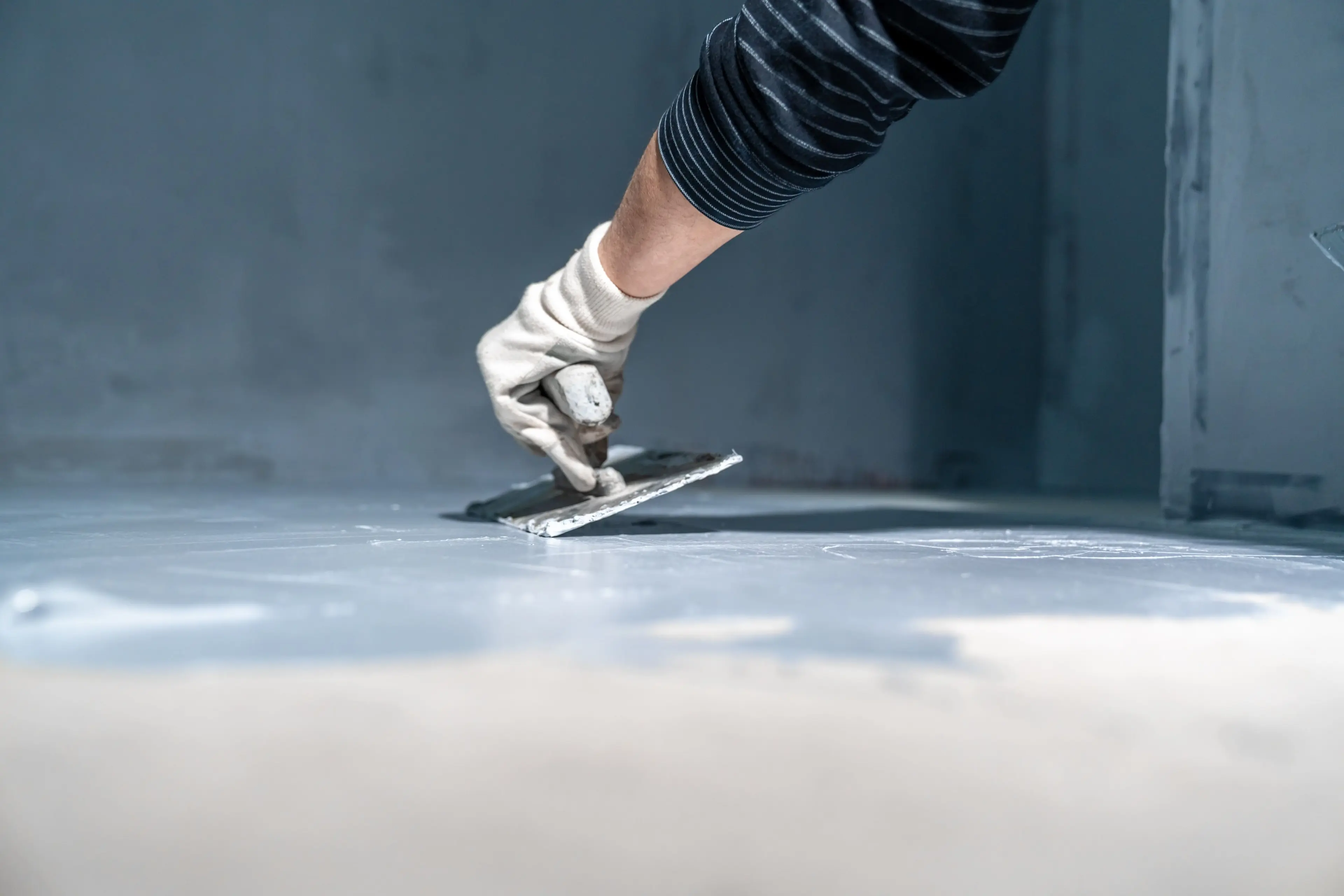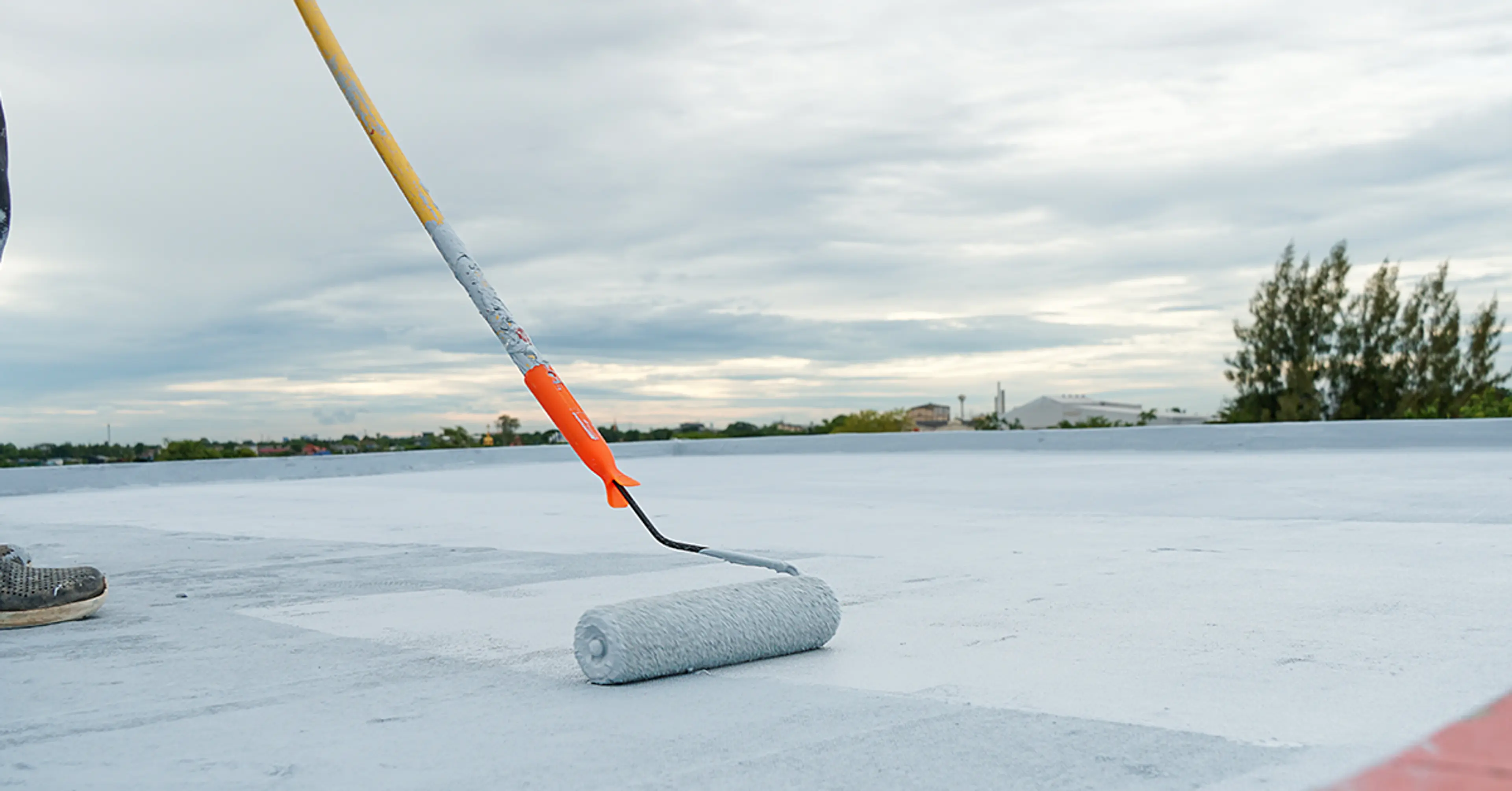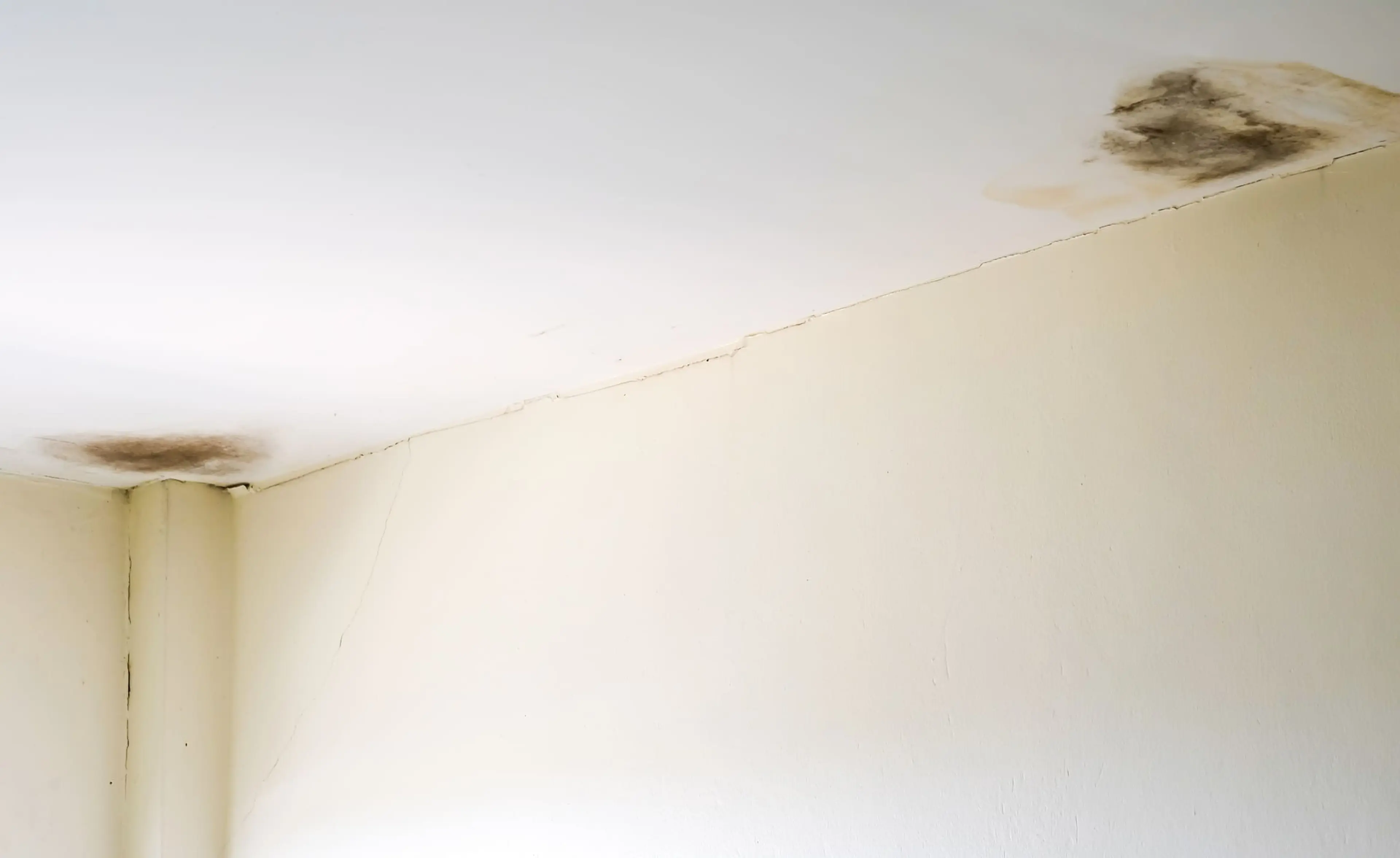The Ultimate Guide To Exterior Waterproofing

 May , 2022
May , 2022- Waterproofing
- 5 Min Read
Make your home weather-resistant with professional exterior wall waterproofing services.
At Homeshield, we have had a large number of Indian households complain about damaged walls and seek solutions for wall leakage solutions with the onset of the monsoon. During the rainy season, moisture seeps through the exteriors of the house and causes damp patches on the interior walls. This can result in peeling paint, cracks, leakage, mould and fungus which worsens your home’s inner atmosphere. Often, these patches remain even after the monsoon season has passed.
Prolonged exposure to damp can do severe damage to your home walls and the foundation of the house, so it is important to deploy scientific home waterproofing solutions. Here’s a complete guide to waterproofing your exterior walls:
When is Exterior Waterproofing Required?
At the Time Of Construction
Waterproofing is the best process to undertake during construction. At this stage, correct integral liquid waterproofing can be used with sand and cement for pillars and foundations, roof slabs, basements and plastering. When combined properly, it forms a strong cohesive bond, makes the construction strong and keeps the moisture out of the walls.
Before Repainting
The appearance of damp patches on the walls and ceilings is usually the first sign of water penetration, causing long-term damage to the walls. If you’re planning to paint your exterior walls, it is important to not just check for visible signs of water damage, but also use a Homeshield Moisture Meter to understand if there is any trapped moisture within the walls that might cause damage after you repaint the walls.
During Renovation
A renovation is usually a big investment for homeowners. Deploying proper waterproofing solutions at the time of renovation will not just protect the aesthetics but also the foundation of the home, enhancing the longevity of the new renovation.
To know more about “Why Consult Homeshield Waterproofing Before Renovations” read our blog here.
Exterior Areas To Be Waterproofed
External Walls
The external walls face the direct brunt of heavy rains. It is not enough to just decorate it using paints, you also need to waterproof the walls to ensure long-lasting protection.
Roof And Terrace
The roof and terrace is the first line of defense against the rain, making it one of the most dampness prone areas in a building. Leakages through the roof and terrace can easily make its way to the ceilings in homes and ruin the look of interiors.
Water Tanks
Overhead water tanks can cause severe dampness issues in the different parts of a building, hence it is a critical area that needs to be waterproofed.
The Best-in-class Products For Exterior Waterproofing
Surface preparation: If you happen to notice cracks on the external walls and the rain water is seeping in through these cracks, you can repair it using Crack Fill Paste (for cracks < 5 mm) or Polymer Modified Repair Mortar (for cracks > 5 mm) using Homeshield Latex Plus/ Advanced Latex Plus.
Priming: A priming sealer like Homeshield Dampshield Elasto should be applied using up to 40% water.
Waterproof Coat: Then one undiluted waterproofing barrier coat of Homeshield Dampshield Elasto should be applied after 4-6 hours. After that one can go for desired exterior painting.
Conclusion
Exterior wall waterproofing is a must if you live in India. With cracks, seepage is common and if left unchecked, it can spoil the look of the interior walls too.
Scientific waterproofing can prevent seepage and cracks and is an essential step in caring for your exterior walls, both structurally and aesthetically.
Get your home ready for the monsoon season! SMS HS to 56767 or click here.
If you enjoyed reading this, we recommend you check out our blog on “How Often Should You Paint Your Exterior Walls”. Click here to read.


